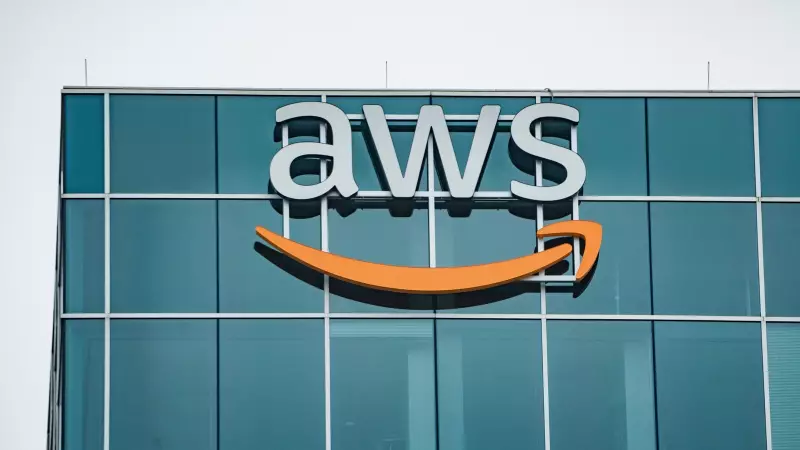
In a dramatic turn of events that sent shockwaves across the digital landscape, Amazon Web Services (AWS), the backbone of countless online platforms, experienced a massive outage that disrupted services worldwide. The technical meltdown left users stranded and businesses scrambling as their digital operations ground to a halt.
The Digital Domino Effect
The disruption began unexpectedly, affecting multiple AWS regions simultaneously. What started as minor technical glitches quickly escalated into a full-blown crisis affecting:
- Popular streaming services and entertainment platforms
- E-commerce websites and payment gateways
- Business productivity tools and cloud storage
- Mobile applications across various categories
- Government and enterprise services
Global Impact Felt Across Continents
The outage's reach was truly global, with users from North America to Asia Pacific reporting issues. Major metropolitan areas including financial hubs and tech centers felt the brunt of the disruption, highlighting our increasing dependence on cloud infrastructure.
Amazon's Response and Resolution
Amazon's technical teams worked around the clock to identify and resolve the underlying issues. According to AWS status reports, the company implemented emergency protocols and deployed multiple engineering teams to address the cascading failures.
The restoration process involved:
- Isolating the root cause of the service disruption
- Implementing targeted fixes across affected regions
- Gradually restoring services while monitoring stability
- Conducting thorough post-mortem analysis
Lessons in Digital Dependency
This incident serves as a stark reminder of how centralized our digital infrastructure has become. When one major cloud provider experiences issues, the ripple effects can paralyze significant portions of the internet, affecting millions of users and businesses simultaneously.
As services gradually return to normal, the technology community is left contemplating the need for more resilient and distributed systems to prevent such widespread disruptions in the future.





